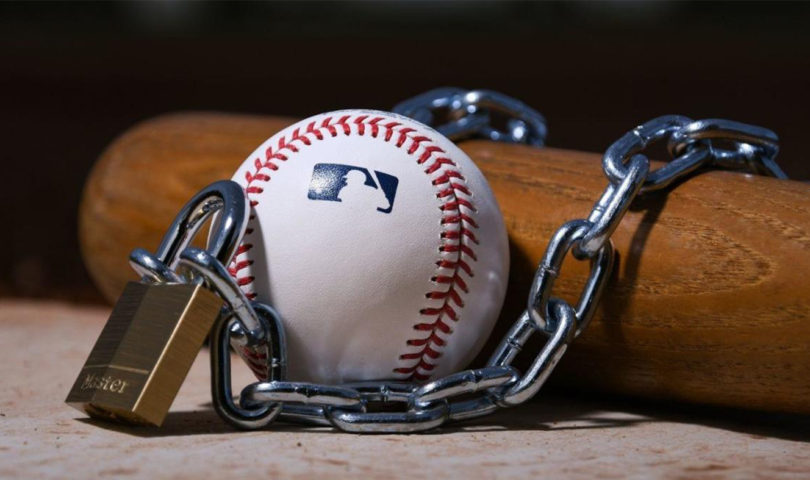This past season, the MLB, or Major League Baseball, had its longest lockout in its history. This lockout and the policies and deals that took place will change the MLB forever. What is a lockout, how is it resolved and how will these policies influence the future of the MLB?
A lockout is when the current CBA, or Collective Bargaining Agreement, comes to an end, and the owners/management shut down all work operations due to wage disputes with their players. In this specific case, the MLB locked out the whole league, and the results included “freezing all transactions involving major-league clubs and forbidding teams from communicating with players,” according to SportsNaut. The reason behind this lockout is for the MLB to gain leverage over players in negotiations. This lockout also completely disrupted the offseason, preventing players from signing with teams and the players also being unable to visit the team doctors.
This lockout made history for being the longest, and the only one to impact regular season games. The most recent one was back in 1990, when the MLB was locked out for 32 days. Fortunately, it only caused a few spring training games to be canceled, and the season was fine during the regular season. The current commissioner of the MLB, Rob Manfred, had to keep postponing the games, and in the end, the lockout lasted for a brutal 99 days, ending the arguments between the MLB and the Player’s Association, and creating a new CBA, which is set to end at the end of the 2026 season.
One of the effects of the new CBA is a different lottery system for picking up rookies. This is to prevent teams from tanking, or intentionally losing, to receive a higher draft pick in the next season. The players union saw this as a way for teams to not pay players a high salary, as the teams could invest in lower ranked players, instead of paying a lot for higher skilled players. The new lottery system fixes all of these problems as far as we know.
The playoffs were changed as well, changing from a ten team playoff postseason to a 12 team playoff postseason. The MLB owners were pushing for a 14 team playoff, as ESPN will pay the league $100 million per year. Instead, the league and the owners came to an agreement to have a 12 team playoff, which only provides a $85 million bonus.
Another big issue on the MLB lockout and the CBA was restricting the players from entering free agency. As new players needed six years of service time, the teams would push the player into the minor leagues before the player was eligible to test the waters in free agency, and therefore delaying the time before the teams were required to let the player leave for free agency. This angered many players, and even still, the MLB refused to change it, instead insisting on a new model for rewarding players who only have one to three service years, and aren’t eligible for arbitration or free agency. Also the players who get rookie of the year or runner-up for rookie of the year get one free year of service.
The CBA also impacted the minimum wage in the MLB. Originally, the minimum wage for a player was $570,500, and was the lowest between the NBA and NFL. This year, the minimum wage will start at $700,000 and will increase as time goes on, with the largest minimum wage being $780,000 by 2026.
Teams are now also not allowed to spend as much money as they used to be able to on player payroll. The luxury tax on each team is increasing from $210 million to $230 million, and by the end of the CBA in 2026, it is predicted to end at $244 million. This increase means that the teams can spend a little more on players, and have less worry about going over the luxury tax cap and receiving the penalty(s).
The penalties for going over the limit, however, stays the same, increasing each year, with 20% tax per dollar, to 30%, to 50%. Additionally, there are punishments for certain amounts exceeded, with 20 to 40 million having a 12% surcharge, 40 to 60 million having a 42.5% surcharge for the first year and 45% for following years, and 40 to 60 million having a 60% surcharge. Additionally, any team that goes over 40 million will move back 10 spots in the MLB draft.
Overall, the new CBA brings in new changes and many new policies. It is exciting to see what is in store for the future of the MLB.

